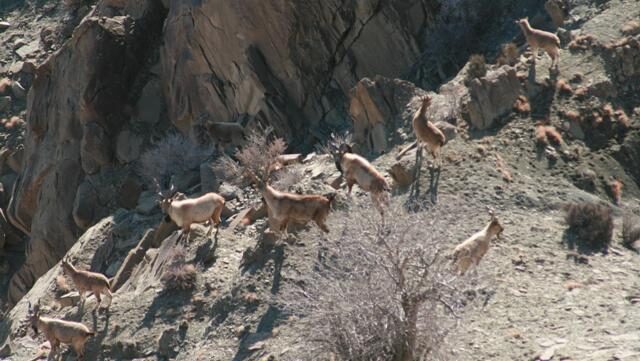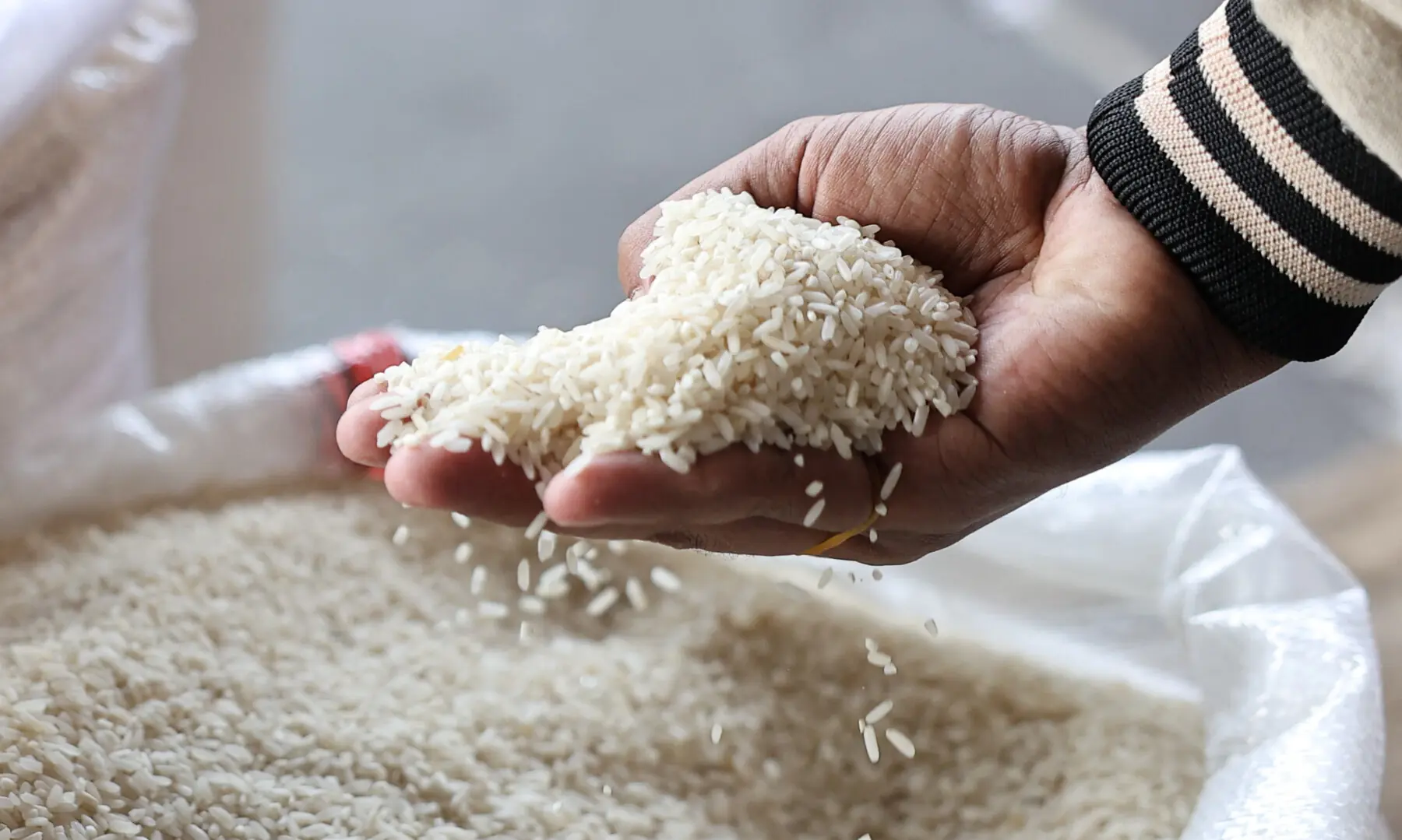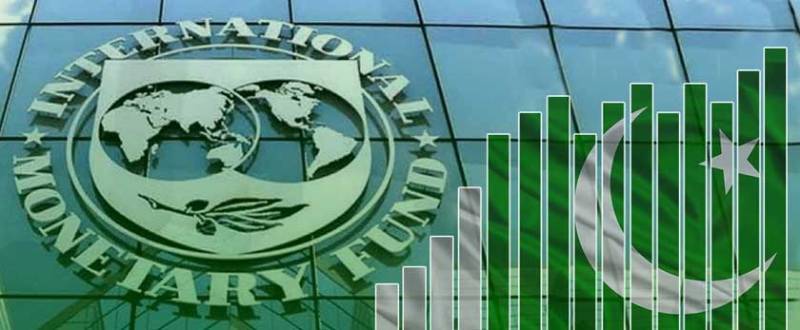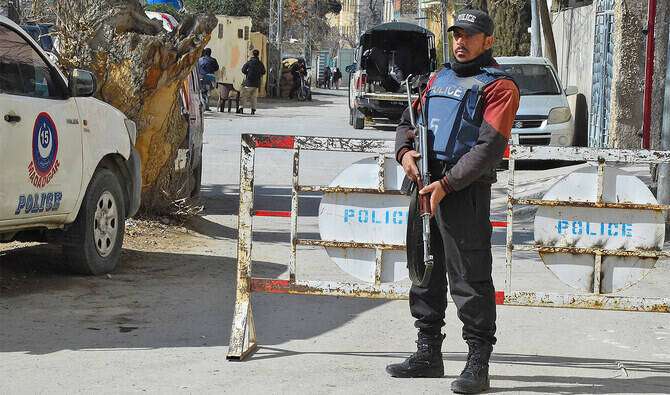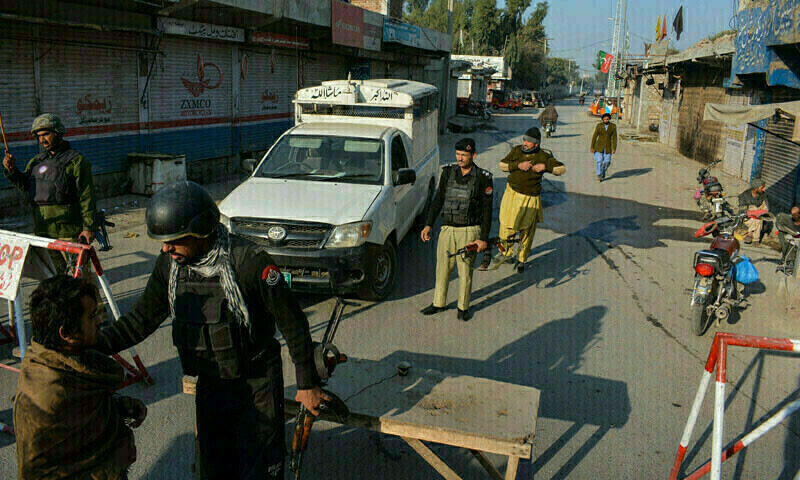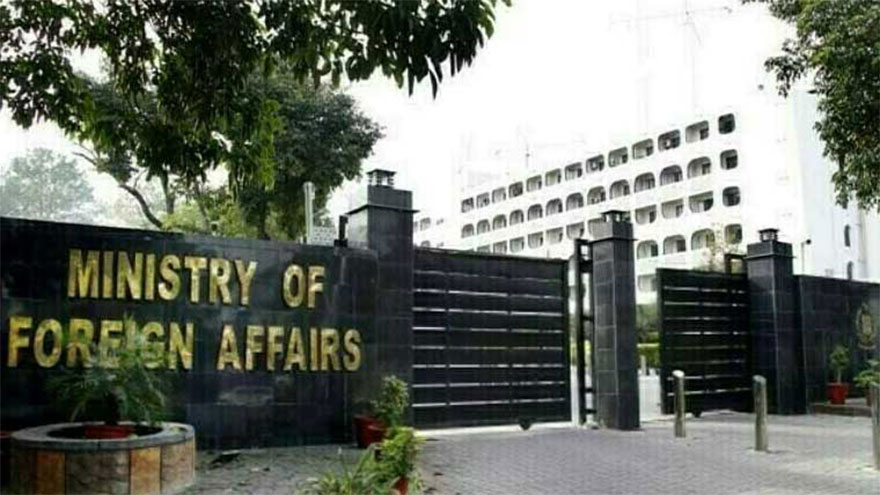By Riaz Hussain
The Khyber Pakhtunkhwa (KP) Wildlife Department has earned more than US $1.9 million (PKR 542.7 million)
through its 2026 Trophy Hunting Program, marking another milestone in Pakistan’s community-based wildlife conservation efforts.
Officials said the revenue came from the sale of four exportable markhor permits worth $946,000, nine non-exportable markhor permits worth $553,300, 20 ibex permits worth $16,042, and six grey goral permits worth $398,500. Under the program, 80 percent of profits are directed to local communities while the remaining 20 percent goes to the provincial exchequer, funding schools, health services, irrigation, sports, and infrastructure.
The initiative has coincided with a remarkable recovery of Pakistan’s national animal. Markhor numbers in KP have now climbed to more than 6,000, up from just 400 a few decades ago. According to the 2024–25 surveys, the province hosts 5,621 markhors compared to just 961 in 1985. Chitral remains the stronghold with nearly 3,400 animals, including 1,556 in Chitral National Park and 1,349 in Toshi-Shasha Conservancy. Smaller but growing populations have also been recorded in Kohistan, Swat, and parts of Dir Upper.
Chief Conservator Wildlife KP, Mohsin Farooque, said uncontrolled hunting had once pushed the species to the brink of extinction, but regulated trophy hunting and community partnerships reversed the decline. We earned more than Rs 54 crore in just two days from markhor permits, he noted, crediting local residents for their role in protecting the species from poaching while benefiting from hunting revenues.
Beyond KP, Gilgit-Baltistan has also reported record earnings from trophy hunting. In the 2025–26 auction, four Astore markhor permits fetched record bids, with one selling for $370,000 in the Nanga Parbat Conservancy. Other permits sold between $240,000 and $286,000. As in KP, 80 percent of revenues were returned to local communities.
Village Conservation Committees across Chitral and other conservancies are now tasked with monitoring, anti-poaching, and distributing revenues, keeping a close check on outsider hunting.
Despite international praise experts have raised concerns over looming climate threats. Environmental journalist Daud Khan warned that glacial melting, cloudbursts, and record high temperatures-47°C in Gilgit-Baltistan this year. These are damaging habitats, reducing food sources, and exposing markhors to tick infestations and other diseases.
Conservationists also caution that rising permit base prices recently increased in GB from $150,000 to $200,000 could deter hunters and risk shifting the program’s focus from conservation to profit. They stress that only older males should be targeted and call for transparent benefit-sharing and strict enforcement to ensure long-term sustainability.
Pakistan’s trophy hunting initiative is now viewed as a global model of linking communities to conservation, generating millions in revenue while driving a dramatic rebound in markhor populations. Yet, experts warn that balancing economic benefits with ecological sustainability will be critical to safeguarding the country’s iconic mountain species in the face of accelerating climate change.

